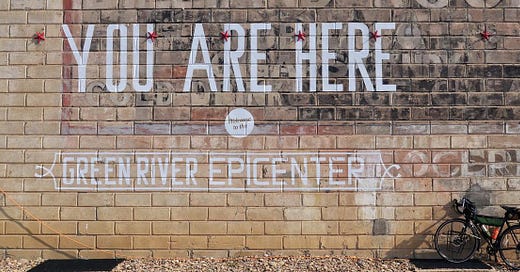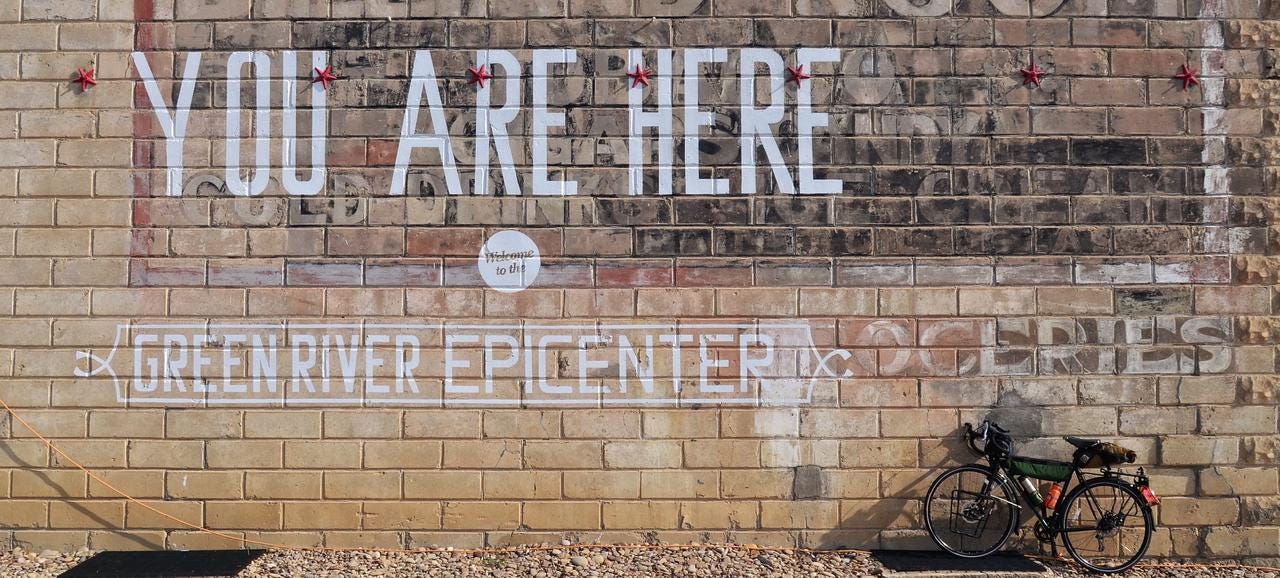Keys to Freeze, Mile 2868: A Wild West Town’s Visionary Experiment
A cadre of young designers, architects and creatives sets up shop in a down-on-its-heels Utah town, determined to meld Green River’s pioneer past with a fresh take on the future.
Keep reading with a 7-day free trial
Subscribe to Narratively to keep reading this post and get 7 days of free access to the full post archives.




